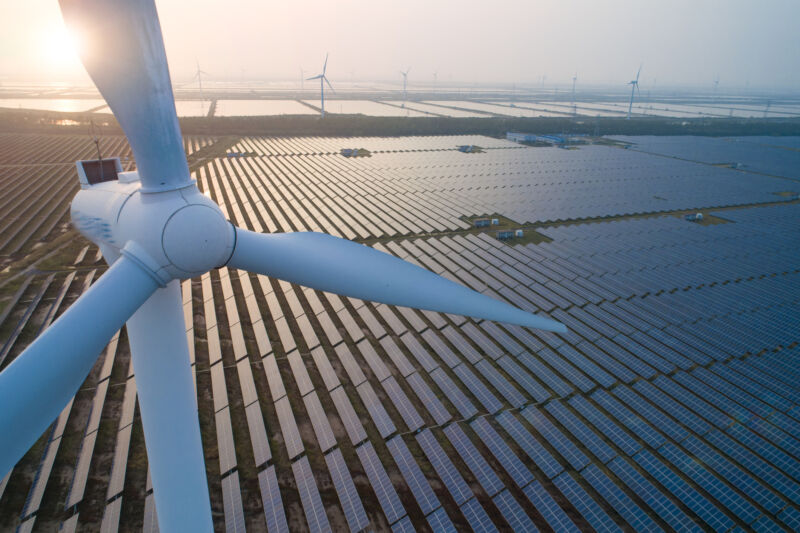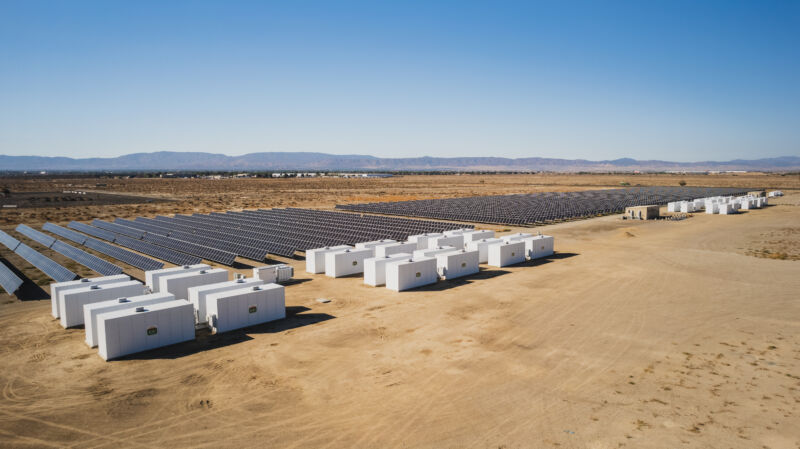-
 chevron_right
chevron_right
40% of US electricity is now emissions-free
news.movim.eu / ArsTechnica · Thursday, 28 December - 19:12 · 1 minute

Enlarge (credit: fhm / Getty Images )
Just before the holiday break, the US Energy Information Agency released data on the country's electrical generation. Because of delays in reporting, the monthly data runs through October, so it doesn't provide a complete picture of the changes we've seen in 2023. But some of the trends now seem locked in for the year: wind and solar are likely to be in a dead heat with coal, and all carbon-emissions-free sources combined will account for roughly 40 percent of US electricity production.
Tracking trends
Having data through October necessarily provides an incomplete picture of 2023. There are several factors that can cause the later months of the year to differ from the earlier ones. Some forms of generation are seasonal—notably solar, which has its highest production over the summer months. Weather can also play a role, as unusually high demand for heating in the winter months could potentially require that older fossil fuel plants be brought online. It also influences production from hydroelectric plants, creating lots of year-to-year variation.
Finally, everything's taking place against a backdrop of booming construction of solar and natural gas. So, it's entirely possible that we will have built enough new solar over the course of the year to offset the seasonal decline at the end of the year.








